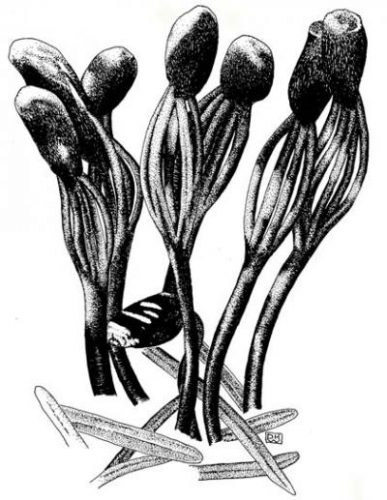
The American wigeons are back in the Delta Ponds. I believe these are the first of our winter migrants to arrive. I look forward to the increasing diversity of waterfowl. On our side of the Delta Highway we have had only mallards and Canada geese for a long time.
Turtles can be seen in the Delta Ponds on the west side of Delta Highway but it appears the cormorants have usurped them from their favorite logs. With increasing cold weather and less sun showing, the turtles will burrow into the mud at the bottom of the ponds to brumate.
Now that summer is over, the old needles are falling from the Douglas firs in great numbers. These are last year’s needles for the most part. The needles that emerged from their buds this spring will finally get around to doing their job. Over the rainy season they will double in thickness, storing carbohydrates. When the weather gets warmer in the spring, they will transport that energy down to the tree trunk and put on some board feet.
Seedlings have sprouted everywhere now that the rainy season has begun. Things like bedstraw and bitter cress have a pair of seed leaves, called cotyledons. They were already present in miniature inside the seed. Grass seedlings send up a single, tiny, green spear. That’s why members of the grass family are known as monocotyledons while those families with two seed leaves are called dicotyledons. Conifers are different; hemlock seeds have up to six cotyledons.